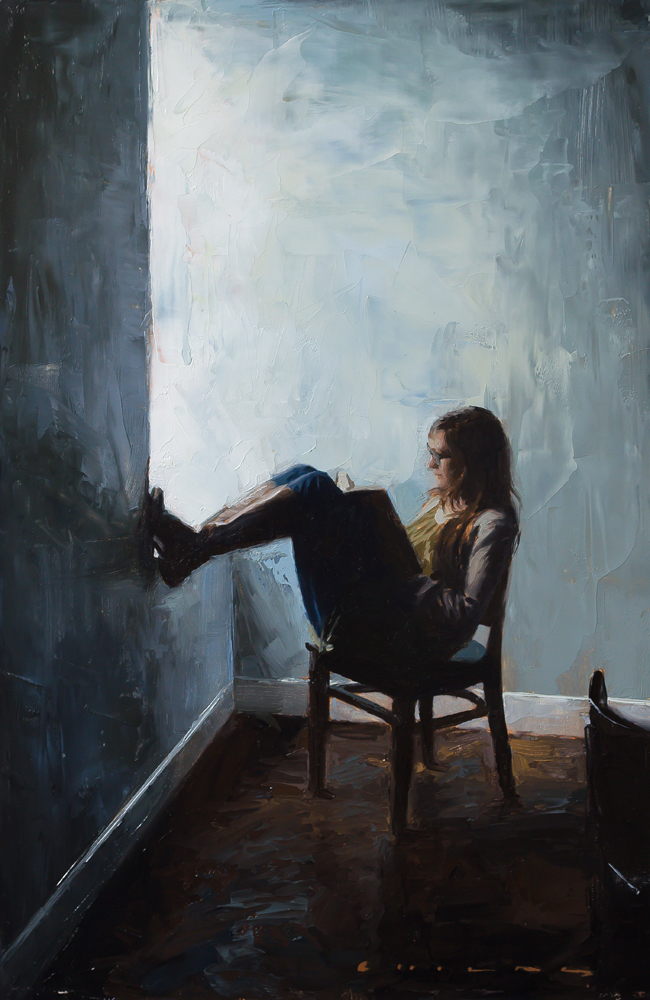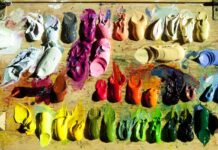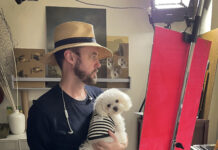Though natural artistic talent can provide needed encouragement for artists, properly seeing our world is something that must be learned and developed. These ideas can get you started on that path…
Seeing: The Importance of Developing Our Ability
BY CASEY CHILDS
“If the path before you is clear, you’re probably on someone else’s.”
– Joseph Campbell
Learning to see as an artist requires perseverance and dedication, and that is the only way to achieve it. These ideas can get you started on that path, but it is up to you to make that path clear.
I believe we all are born with a desire to record what we observe. I have heard countless times the response, “I can’t even draw a stick figure,” when I’ve told someone that I am an artist. But I do not believe these people always thought this way. We all start out as artists.
Children innately turn toward painting and drawing. It is not until we grow older that we are taught that being an artist is not a viable career path and we must choose another. Those who choose not to believe it, who are encouraged to develop the gift we all have, retain the title of “artist.”
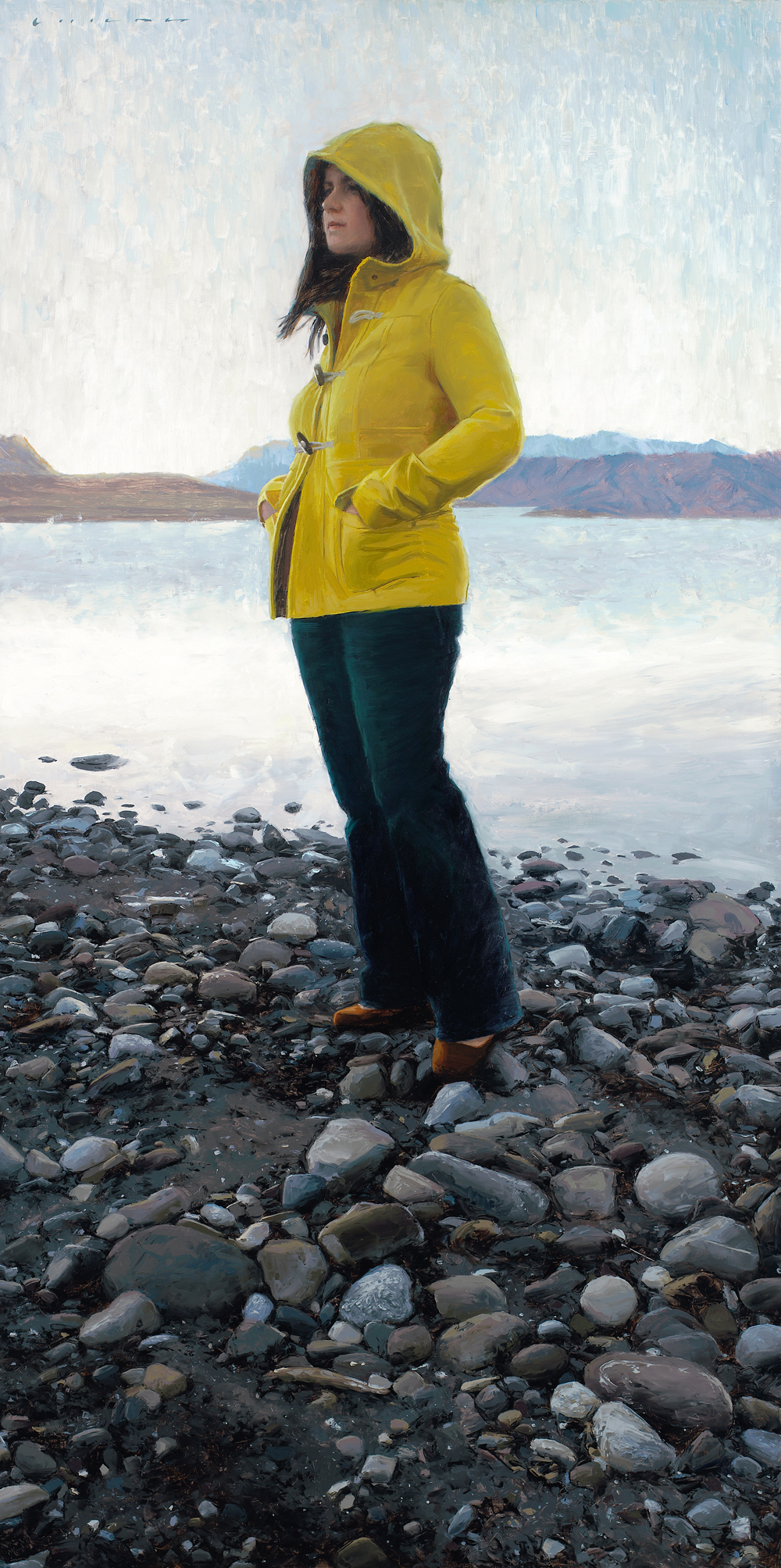
My story follows suit. I began as an artist like all of us—coloring with crayons and such. I was fortunate that I was encouraged to exercise and develop that gift. My mother loves telling the story of how I won a coloring contest when I was three with a drawing of a green Santa Claus. That is where my journey of learning how to see began.
I continued to exercise the gift I was born with through my childhood years, although I was not really trying to develop it.
The turning point was in college; the professor in my first college drawing class wrote two sentences on the chalk board and told the class that if we would learn these two principles, we could draw anything:
1. Light is your subject.
2. Draw what you see, not what you know.
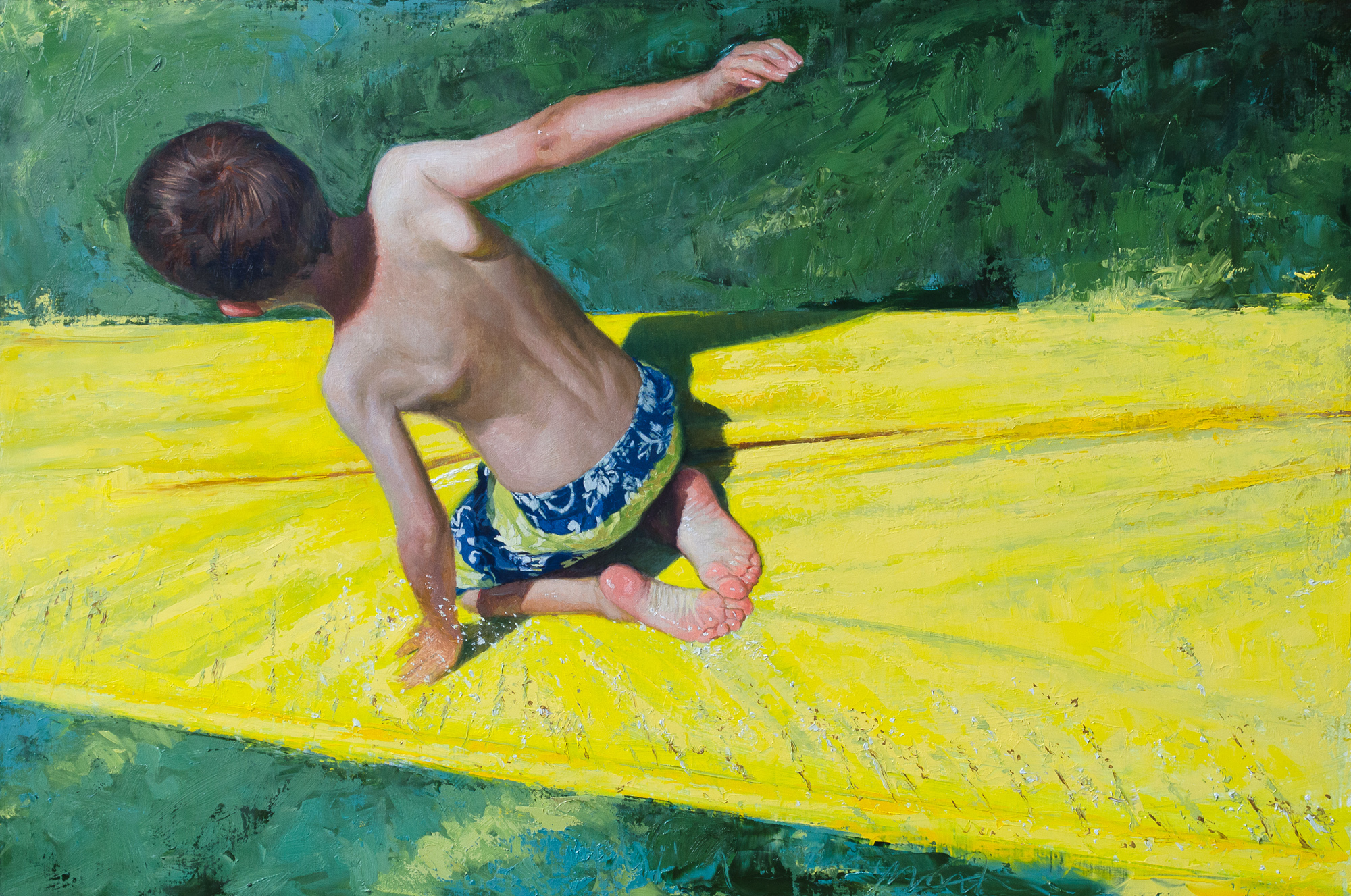
Those two principles opened my eyes, so to speak, about what it actually means to “see” as an artist. At that point I became aware of the importance of seeing, but still needed to develop this skill. What followed were years of study and practice.
I’ve learned to train my eyes to see more clearly than I once had, which has continually helped my work improve.
So what do I mean by the term “seeing” for an artist? And how do we learn it?
I would define “seeing” as convincingly rendering the object you are observing according to accurate proportion, values, color, etc.
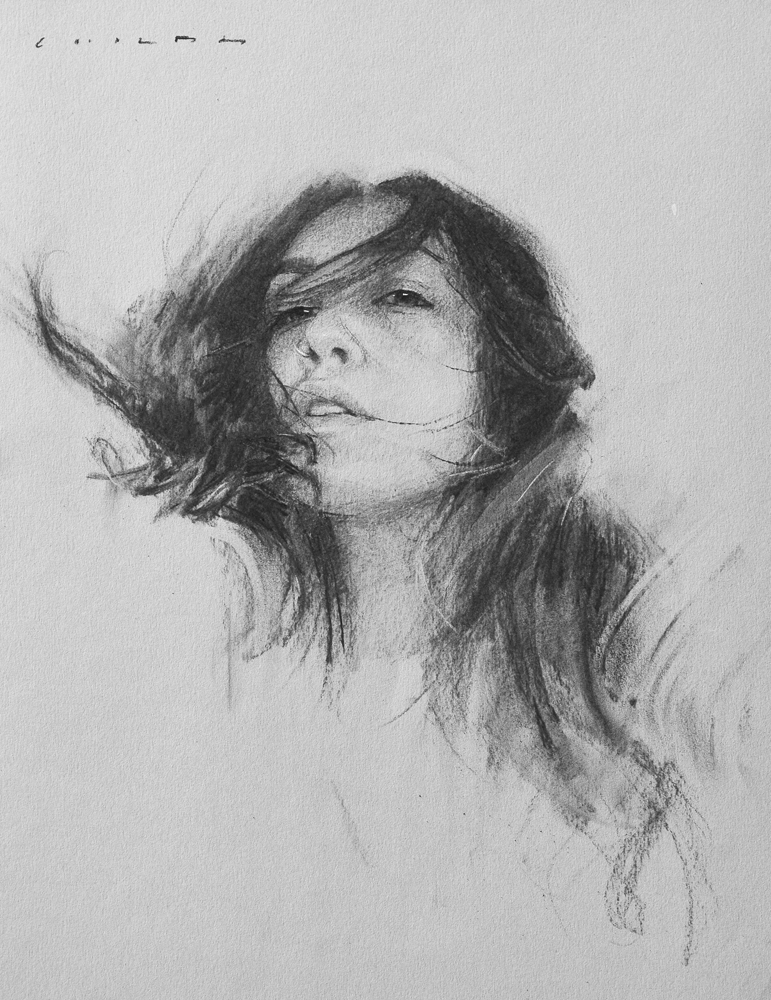
4 Ideas That Helped Me “See Like An Artist”:
1. Practice
Like any other profession, learning your craft requires discipline and dedication. As an artist, the more you can see something correctly, the easier your ability becomes to draw it correctly. And to do that takes practice.
Like going to the gym and building up your “seeing” muscles, it takes time, and results do not happen quickly. Many people watch demos or take workshops to quickly learn the “secret” to painting and drawing, only to realize the artist they are watching is not really doing anything different than another of the same skill level, but has developed over a long period of time a sharper eye than their own.
It requires hours and hours of work. Just like the old saying: “How do you become skilled at something? Do it 1,000 times.” I’m not talking about mindless practice, but purposeful practice where your goal is to improve upon your previous work.
2. Trust Your Measuring
Seeing correct proportions is one of the biggest problems we all have when it comes to learning to see. Solid drawing is key! Drawing is the keystone to every work of art, and without it the piece will fail.
So how do we see correct proportions? We measure. And measure again; measure twice, draw once. And after dedicated practice, you will discover that you will not have to measure as much as you once did. Your eye now “sees” better than before.
I won’t detail here how one goes about measuring, but there are many books and tutorials available detailing the process of how to measure properly. The main point I wish to press is that you cannot trust your eye—at least not initially. Your eye can be deceived. Take this image for example:
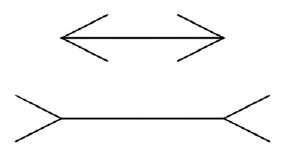
Although the length of the two lines is equal, as well as the length of the arrows on the ends, visually our eye wants to make the bottom line longer. And that is the danger in trusting your eye.
3. Slow Down
The world we live in is fast paced, and getting immediate results are not only desired but also expected. If you truly want to be able to see better, you must reject that way of thinking and slow down.
Spend more time looking and studying what you are drawing than actually drawing it. It is better to spend 15 minutes getting the correct angle of a line than it is to spend a few seconds putting it down wrongly . . . only to realize 15 minutes later you need to start over since everything you’ve put down is wrong, because the angle of that initial mark was incorrect.
It is better to get it right FIRST, no matter how long it takes or how much you get done. Speed comes with accuracy, and to learn accuracy requires slowing down. The less you have to correct, the faster you will become.
4. Self Critique
When you are creating an artwork, your mind is juggling so many things as you try to render the object in front of you—line, form, volume, proportions, values, color, temperature, edges, etc. It is easy to NOT see something or convince yourself that what you’ve put down is right.
Being able to see the differences between your work and the subject in front of you is crucial in improving, which requires seeing better. Have you ever struggled on a piece, not being able to figure out what is wrong with it, and walking away in frustration, only to return the next day and immediately see what is wrong?
Here are a few ways to see mistakes while in the process and see your work with a fresh eye:
- Look at your painting upside down
- Take a picture of it so you can see it smaller
- Use a mirror to see it backwards.
All these methods help to trick your brain into seeing your artwork in a different way.
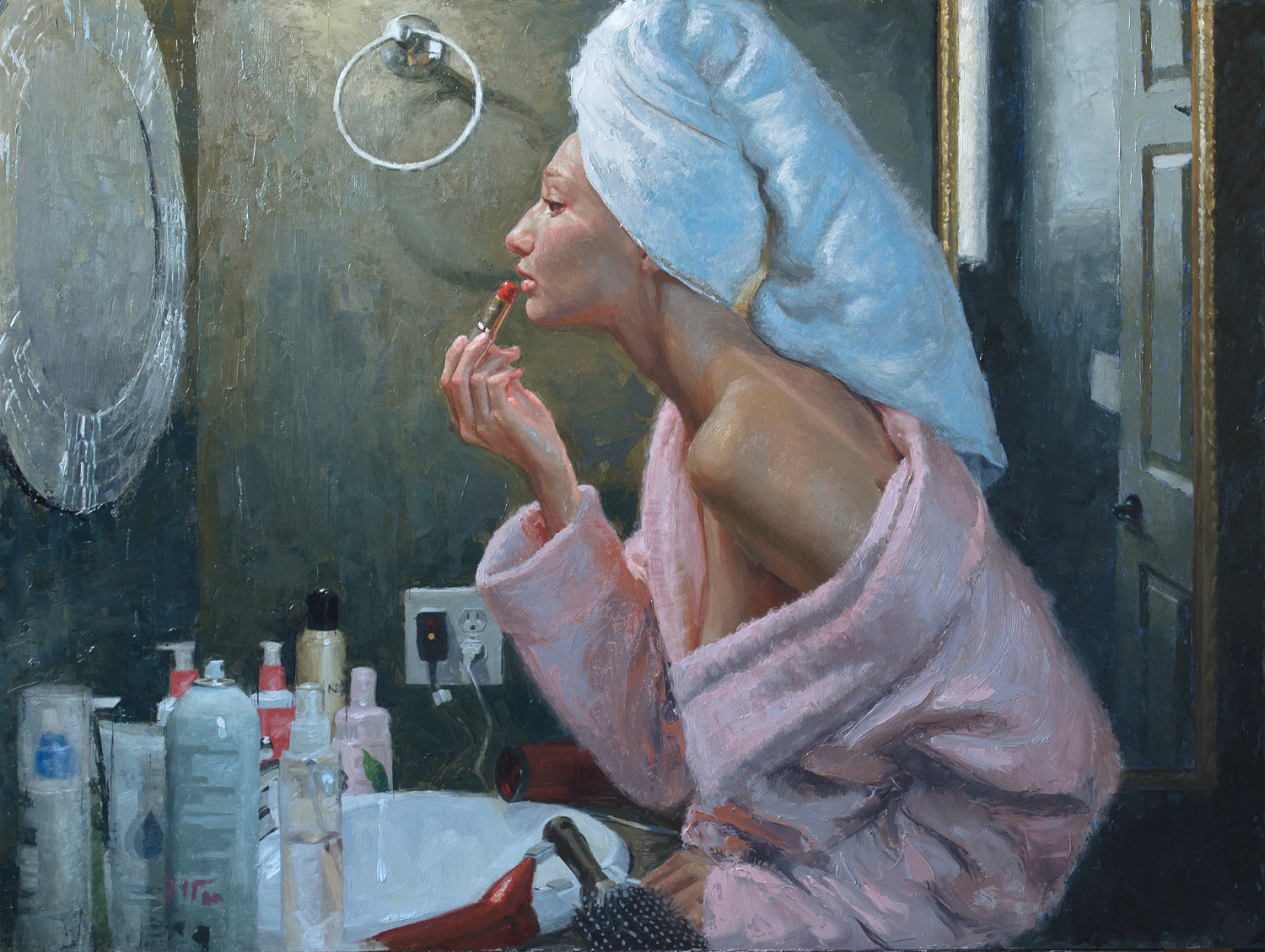
Although we begin as artists and have the desire to record the world around us, the general notion we are taught to believe is one that any artistic gift is just that—a gift. It’s not something that can be developed. Either you have it or you don’t.
But this idea is simply not true. Though natural inclination can provide needed encouragement to keep practicing our innate gift, properly seeing our world is something that must be learned and developed.
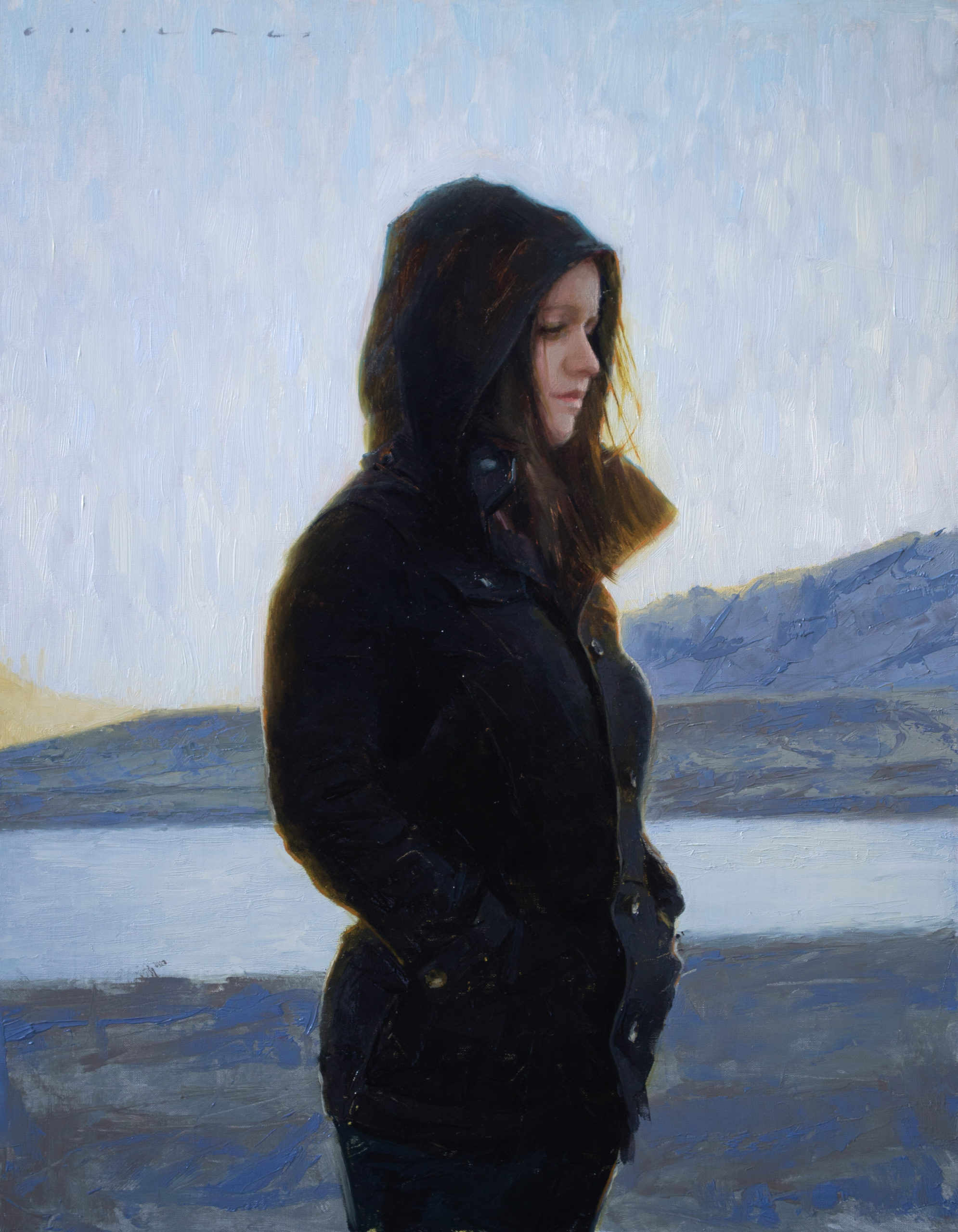

Connect with Casey Childs
Website | Instagram
Browse more articles on figurative art and artists here at RealismToday.com.


